The Bakru Winti Doll: A Symbol of Cultural Exchange and Community Unity
Bakru Winti and Its Significance (Images available for SwapMarket)
The Bakru Winti doll, an emblematic representation of Afro-Surinamese spirituality, holds profound cultural significance within the rich tapestry of Suriname’s diverse heritage. Rooted in the Winti tradition, which integrates African beliefs with local elements, the Bakru Winti doll serves as a spiritual and symbolic artifact. It embodies the diverse histories of enslaved Africans in Suriname, their resilience, and their enduring cultural practices.
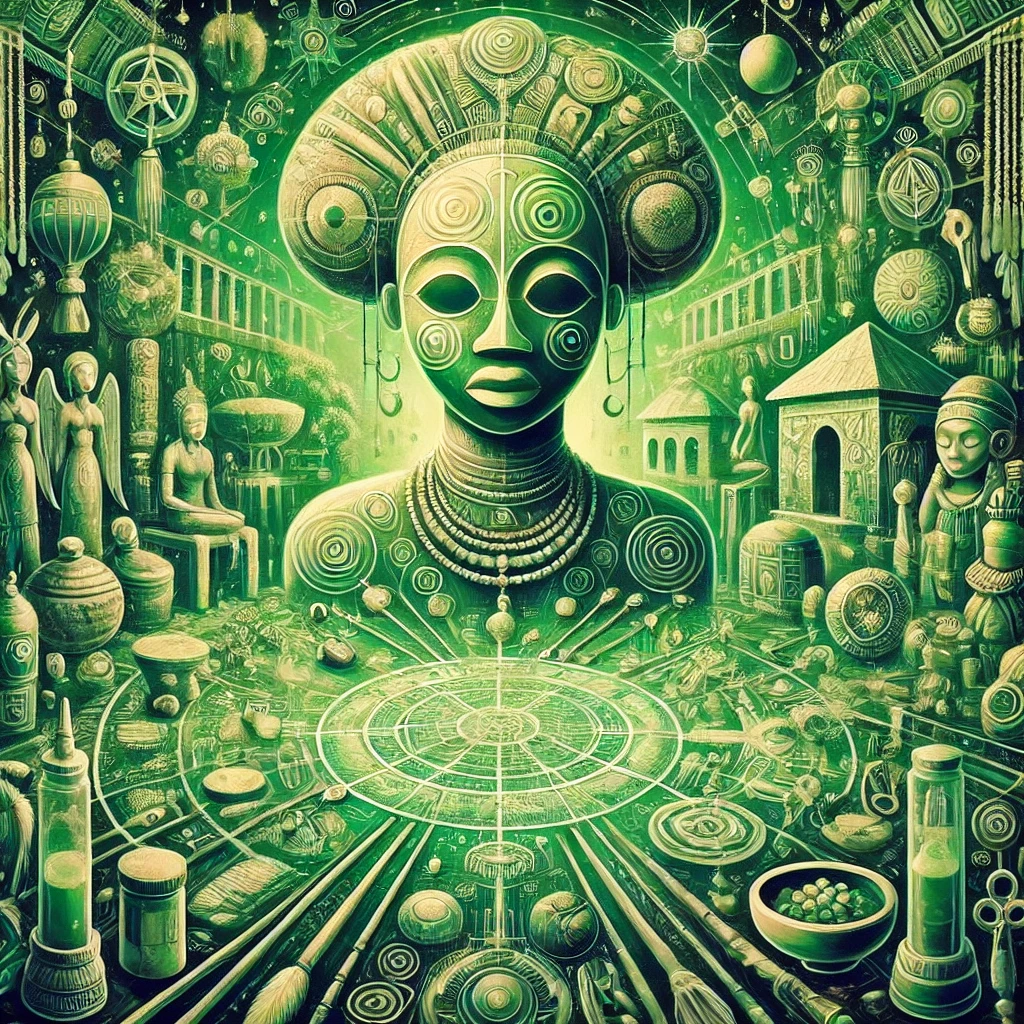
The origins of the Winti tradition can be traced back to the cultural practices of enslaved Africans in the 17th and 18th centuries. As these individuals navigated their new lives in Suriname, they sought ways to preserve their ancestral beliefs and traditions amidst the challenges of colonization. Winti, which encompasses a range of spiritual practices, became a vital means of connecting with their heritage. The Bakru Winti doll plays a crucial role in this spiritual landscape, representing not only ancestral spirits but also the community’s collective identity.
Artistic Depiction of Bakru Winti Dolls in Spiritual Marketplaces
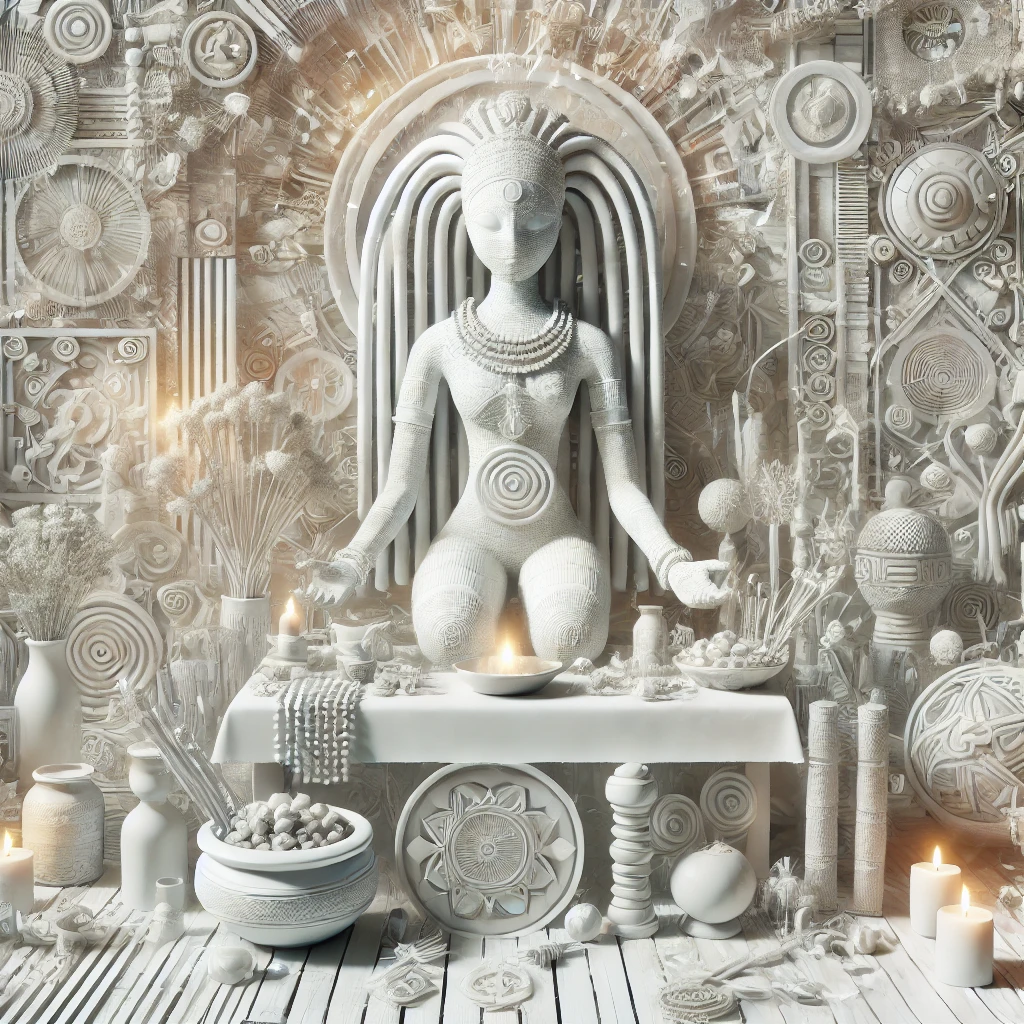
The Bakru Winti doll serves as a powerful artistic representation within various spiritual marketplaces, encapsulating both cultural heritage and contemporary artistic expression. Artists often employ varied techniques and styles to depict these dolls, making each piece unique while resonating with traditional themes. The intricate craftsmanship of Bakru Winti dolls is not only a demonstration of artistic skill but also a conduit for storytelling that reflects community beliefs and values.
In many spiritual marketplaces, artists utilize a combination of vibrant colors and intricate patterns that signify different aspects of the Bakru Winti folklore. Techniques such as wood carving, painting, and textile crafting come together to create a rich tapestry of visual storytelling. Each doll is often adorned with symbols and motifs that represent spirituality, healing, and unity, articulating the profound narratives that bind the community together. These artistic choices serve to connect viewers to the spiritual essence embodied by the dolls, fostering a deeper understanding of their significance.

Additionally, artists are inspired by the dynamic interactions within these marketplaces. Observing the ways community members engage with Bakru Winti dolls influences their work, resulting in pieces that resonate with shared experiences and collective identities. The presence of the Bakru Winti doll in spiritual marketplaces not only enhances the aesthetic value of the environment but also acts as a focal point for dialogues around cultural exchange and unity. As artists depict these dolls, they breathe new life into traditions while ensuring their continuity. This ongoing artistic dialogue within spiritual spaces plays a vital role in preserving and evolving cultural narratives for future generations.
Cultural Exchange: The Role of Bakru Winti Dolls in Community Gatherings
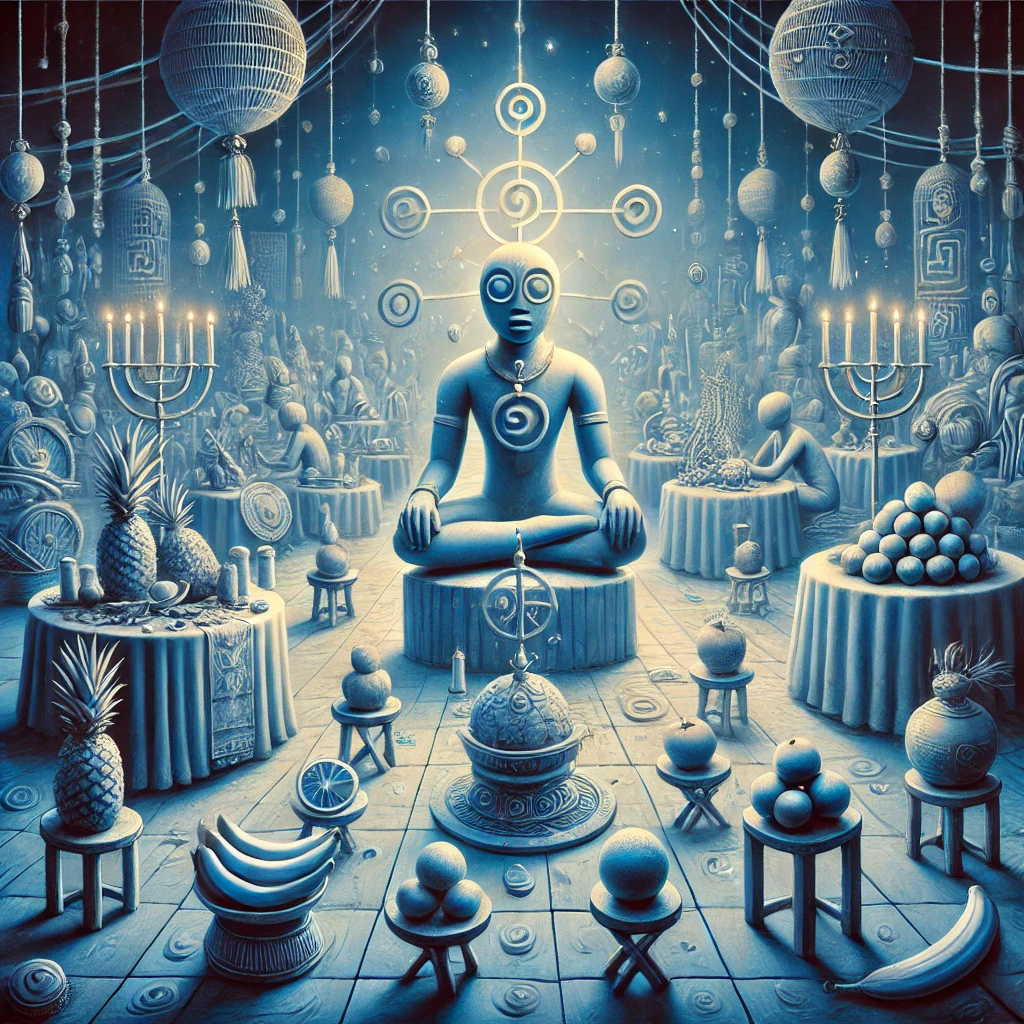
Bakru Winti dolls serve as pivotal elements during community gatherings, effectively acting as catalysts for cultural exchange and the enhancement of social bonds within communities. These dolls, often intricately crafted, are not merely decorative but embody a wealth of cultural narratives and traditions that resonate with individuals across generations. During community events, the presence of Bakru Winti dolls invites participatory storytelling, where participants share personal accounts that honor their ancestry and the significance of these dolls in their lives.
Such gatherings often facilitate a dynamic interplay of cultural exchange, as individuals from diverse backgrounds come together to engage in dialogue about traditions, values, and shared experiences. The Bakru Winti dolls become a focal point for discussions steeped in the rich lore of the culture they represent. This shared engagement not only reinforces the sense of belonging among participants but also enhances collective memory, an essential aspect of cultural preservation. By recalling specific stories or rituals associated with the dolls, participants contribute to an ongoing narrative that keeps their heritage alive.
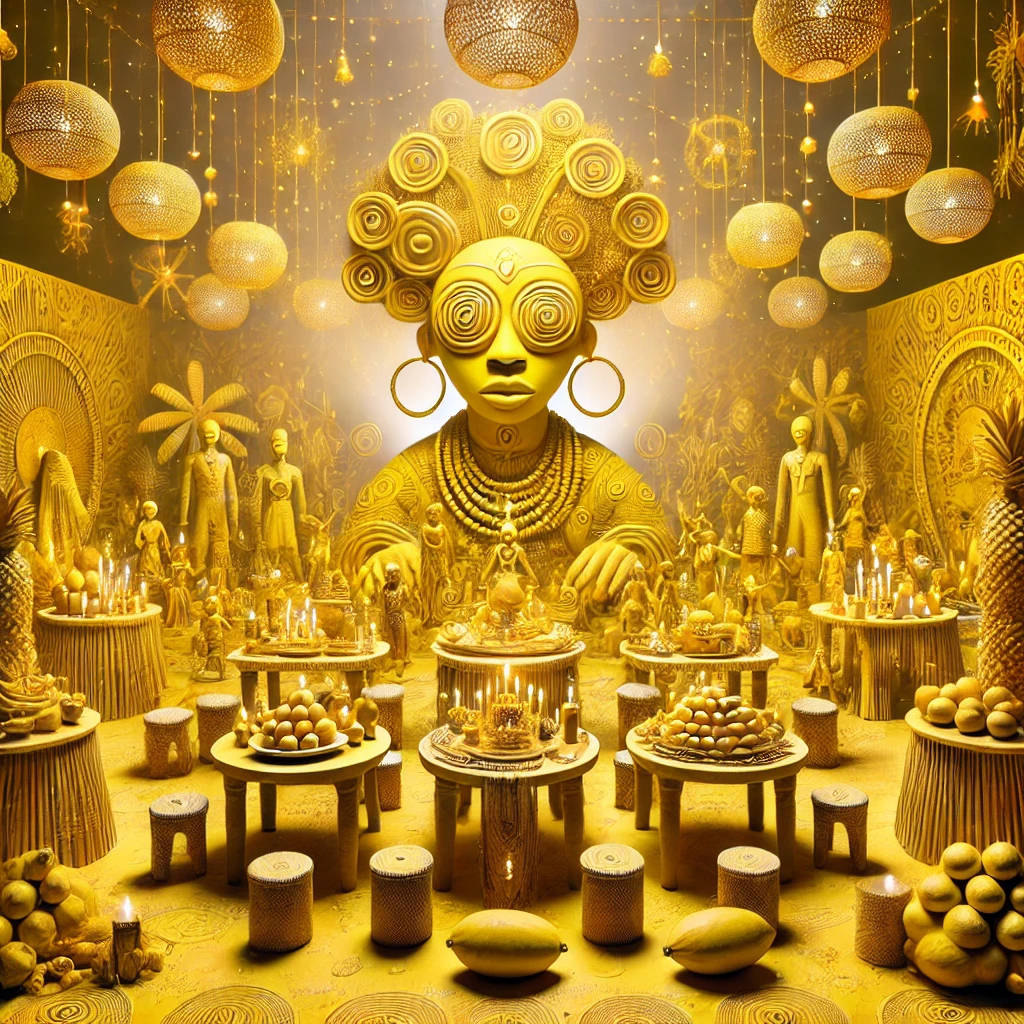
Moreover, the participatory nature of these events fosters a spirit of unity within communities. The act of gathering around the Bakru Winti dolls allows individuals to build relationships grounded in mutual respect and understanding. It serves as a reminder of the importance of collaboration and shared identity in community life. As participants actively engage with the dolls, they perpetuate a legacy of cultural heritage that thrives on collective involvement. By utilizing Bakru Winti dolls in community gatherings, societies not only celebrate their traditions but also cultivate a profound respect for the rich tapestry of cultural exchange that binds them together.
Conclusion: The Enduring Legacy of Bakru Winti Dolls in Today’s Society
The Bakru Winti dolls, deeply rooted in the cultural heritage of Suriname, remain a potent symbol of identity and community unity. As society continues to evolve, the relevance of these dolls persists, transcending generations and fostering a renewed appreciation for cultural practices. The dolls, crafted with intention and care, serve not only as artistic expressions but also as vessels for spiritual beliefs, connecting individuals to their ancestral roots.

In contemporary society, Bakru Winti dolls have gained interest beyond their traditional context, attracting individuals who seek to engage in discussions about cultural pride and spirituality. Educational institutions and cultural organizations have recognized the value of these dolls as tools for teaching about heritage, opening avenues for dialogue regarding ethnicity, identity, and diverse worldviews. Through workshops, exhibitions, and artistic collaborations, Bakru Winti traditions are celebrated and shared, enhancing the understanding of the broader narratives that shape the human experience.
As we look towards the future, the continued practice of creating and honoring Bakru Winti dolls promises to impact cultural exchange positively. These representations are not merely relics of the past; rather, they have evolved within contemporary discussions about cultural resilience and adaptation. Artists and community members are increasingly exploring innovative ways to integrate traditional techniques with modern artistic expressions, ensuring that Bakru Winti dolls remain relevant in today’s globalized world.
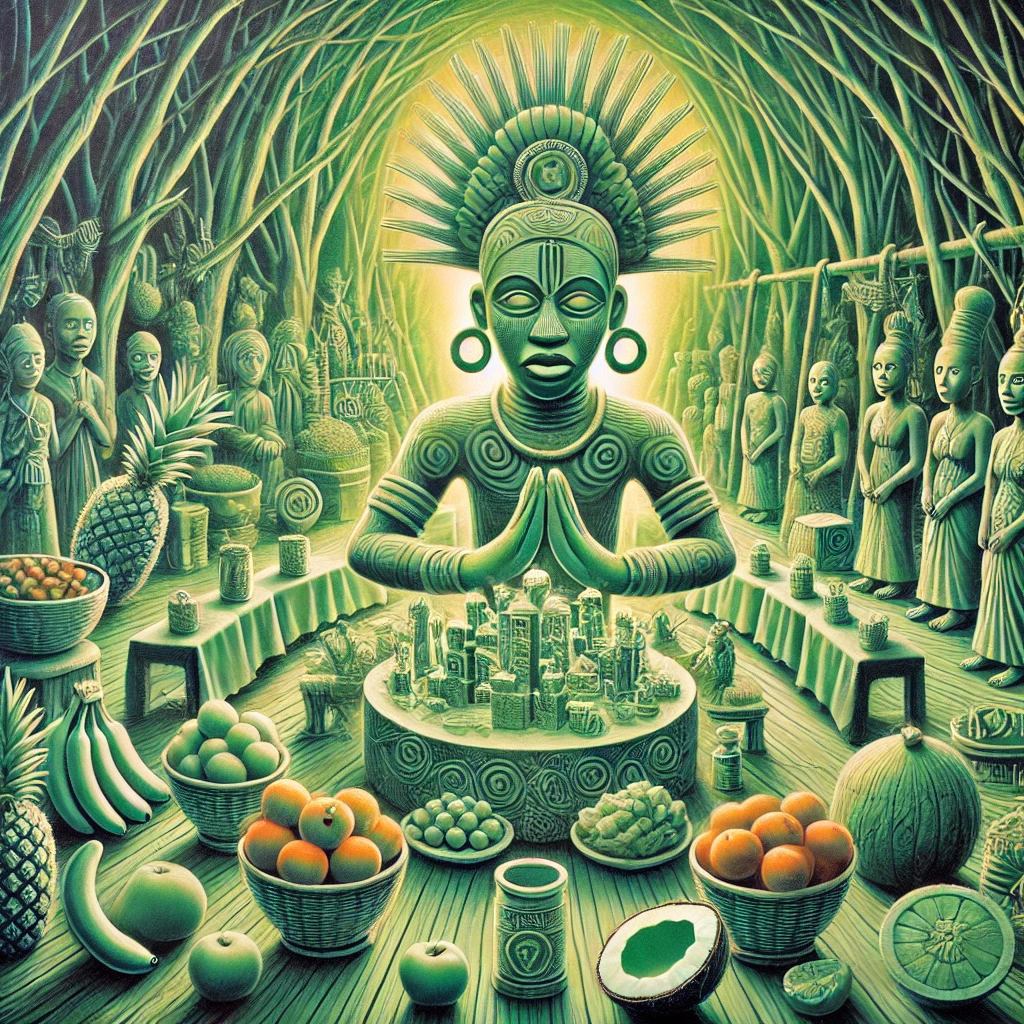
The enduring legacy of the Bakru Winti dolls lies in their ability to bridge gaps between cultures and generations. By fostering a sense of community and cultural pride, they invite us to explore our identities within a rich tapestry of shared human experiences. As we engage with these traditions, we contribute to a dialogue that emphasizes the importance of cultural continuity and celebration, enriching our collective understanding of who we are.
2 responses to “The Bakru Winti Doll: A Symbol of Cultural Exchange and Community Unity”
[…] practices, and European influences in Suriname. Having its roots in the religious practices of enslaved Africans, Winti embodies a unique synthesis of spiritual principles that reflect the diverse cultural […]

certainly like your website but you need to take a look at the spelling on quite a few of your posts Many of them are rife with spelling problems and I find it very troublesome to inform the reality nevertheless I will definitely come back again
Leave a Reply